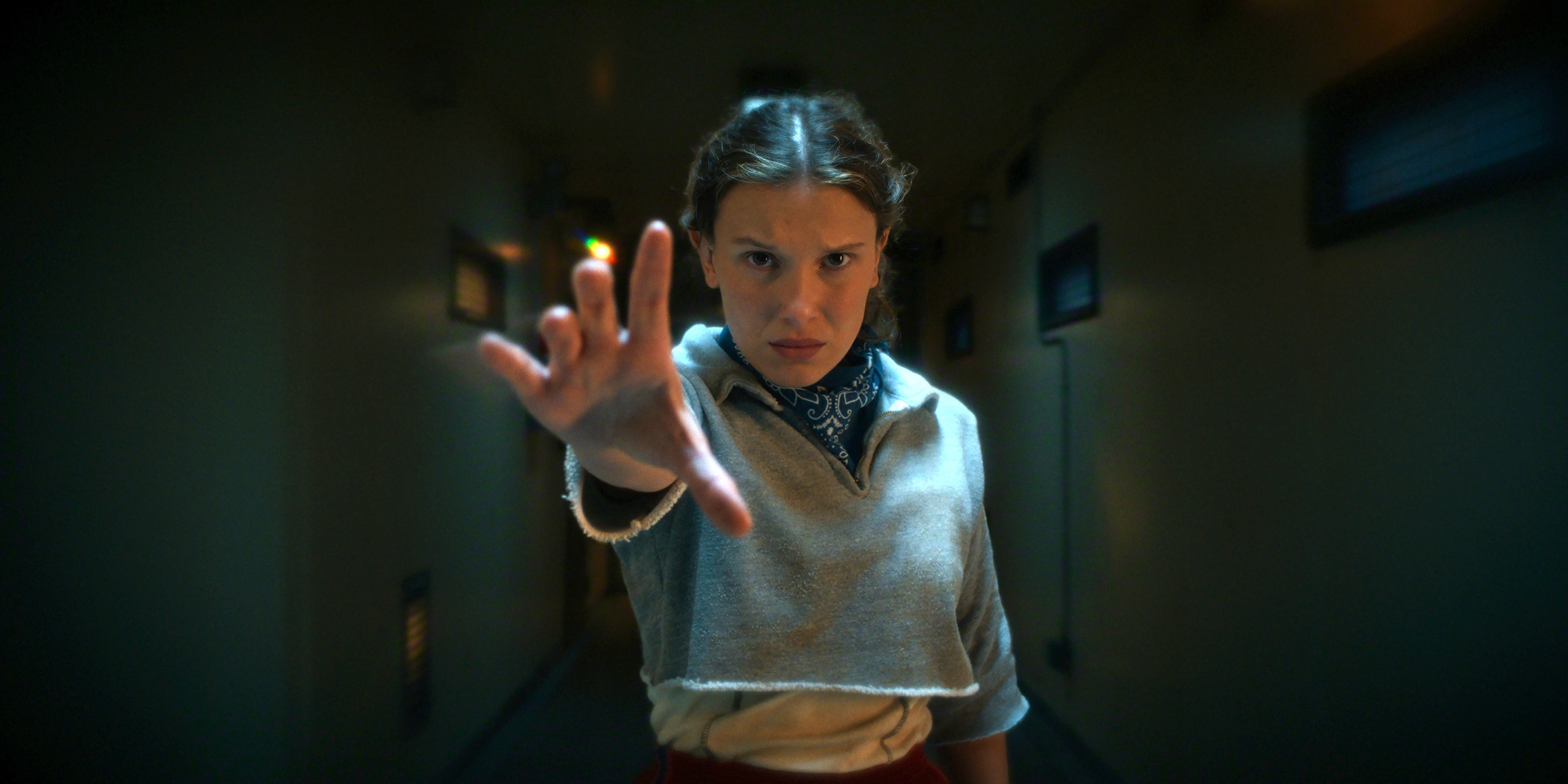- Culture
- TV & Radio
- Features
For the streaming service, the impending end of its flagship series represents an existential crisis, writes Louis Chilton
Friday 28 November 2025 09:42 GMTComments
 CloseStranger Things season five teaser promises nail-biting finale
CloseStranger Things season five teaser promises nail-biting finale
Get the latest entertainment news, reviews and star-studded interviews with our Independent Culture email
Get the latest entertainment news with our free Culture newsletter
Get the latest entertainment news with our free Culture newsletter
 Email*SIGN UP
Email*SIGN UPI would like to be emailed about offers, events and updates from The Independent. Read our Privacy notice
It’s the beginning of the end for Stranger Things. Netflix’s expensive, bullishly popular TV series – a coming-of-age story mixed with sci-fi horror and weren’t-the-1980s-cool nostalgia – has made it to its fifth and final season. It’s been over nine years since the first series of Stranger Things came out, and an interminable three-and-a-half-year wait since the end of its fourth; within five weeks, it will have wrapped up entirely. For fans, it’s a sad farewell. For Netflix, it must be like staring down the length of a sheer cliff face.
The impending conclusion of Stranger Things represents not just the loss of the streamer’s most marketable property, but the end of an era. In some ways, the show already feels like a relic from a different time: in 2016, when it debuted, Netflix was a scrappy interloper in the world of television, still looking to prove the legitimacy of original streaming content as a concept. Stranger Things wasn’t its first success – House of Cards and Orange is the New Black were already deep into their runs at that point – but it captured the public’s attention like no Netflix series before it.
Over the next several years, Netflix’s reputation fluctuated drastically. First, it managed to ossify its credentials as a bona fide TV juggernaut. Then, it gradually backslid – to the point where, with some noteworthy exceptions, the words Netflix Original are now generally agreed to connote a certain type of forgettable, second-screenable dross. (The phrase “Netflix slop” is uttered widely and often.) Throughout these shifts, Stranger Things has remained a constant; a reminder of the power Netflix once had to attack the zeitgeist.
Significantly, Stranger Things is also one of the few Netflix series to have actually increased its audience on a season-by-season basis. Recently, this is something the streamer has struggled with: the first seasons of shows such as the Korean thriller Squid Game or the Addams family adaptation Wednesday rank among the most widely seen TV programmes of the decade, but both experienced so-called “second season syndrome”, in which they saw a marked decline – in audience figures and overall enthusiasm – when they returned for seconds. Some of Netflix’s other big recent hits have essentially been one-and-dones: the British miniseries Adolescence and Baby Reindeer were hugely popular, but both were short and self-contained stories.
It’s telling, too, that Netflix is releasing Stranger Things season five in eight episodes split into three batches (four now, three at Christmas, and a film-length finale around New Year’s Day). The appeal of this strategy is obvious, and time-tested: staggering the release of a TV show is a way to prolong its relevance, its presence in our lives, and therefore its audience. But this approach flies in the face of Netflix’s once-obstinate release strategy, and speaks to a fundamental conundrum the streamer now finds itself in.
Since its inception, Netflix has typically opted to release original series whole cloth, inviting audiences to “binge”, rather than parcelling out the content on a weekly basis. It’s an approach that’s more attuned to the mindset of the DVD box-set era than that of broadcast television, and it was a tactic that loudly affirmed Netflix’s “disruptor” status. But of course, there are good reasons – financial and logistical – why television’s traditional one-episode-a-week format lasted so long. In recent years, ascendent rivals to Netflix, such as Apple TV and Disney+, have enjoyed considerable success with a more traditional weekly release model, with shows such as Severance maintaining a place in the cultural conversation for months at a time. The fact that Netflix has, with Stranger Things and elsewhere, begun dabbling with a sort of hybrid release model could be read as a tacit admission that maybe the traditionalists had a point.
 Stranger danger: Millie Bobby Brown in ‘Stranger Things’ (Netflix)
Stranger danger: Millie Bobby Brown in ‘Stranger Things’ (Netflix)As Stranger Things lurches towards a finale, Netflix faces a number of questions: what will be the “next Stranger Things”? Does it even need a “next Stranger Things”? Where does it go from here? It’s particularly apt that Stranger Things is a coming-of-age story: its run has coincided with Netflix’s own maturing arc. No longer the debutante, the world’s biggest streaming service must now find a way to endure – or else, risk a fate worse than Vecna: obsolescence.
More about
Stranger ThingsNetflixJoin our commenting forum
Join thought-provoking conversations, follow other Independent readers and see their replies
Comments
